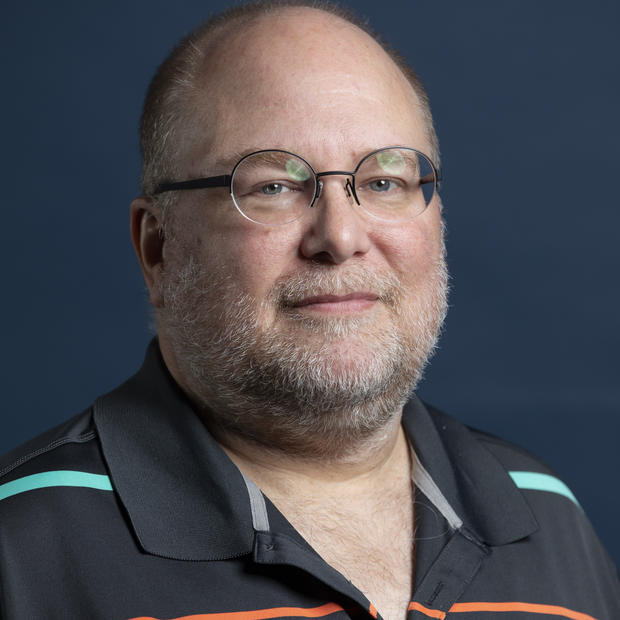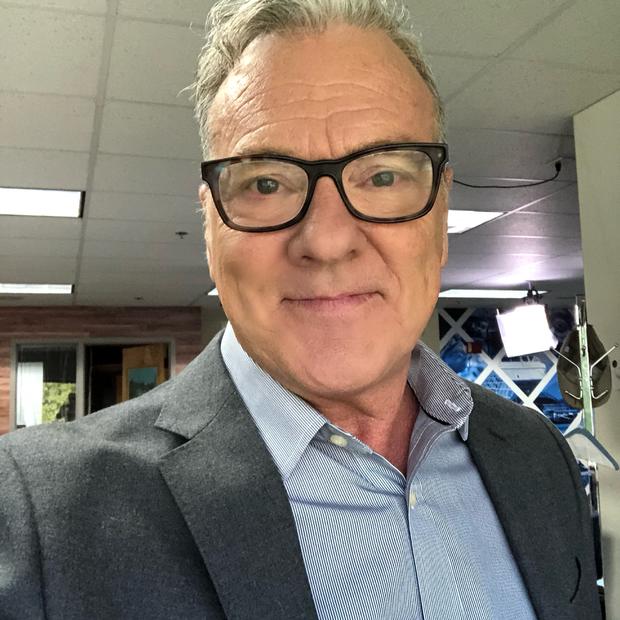Asahel Curtis unapologetically recorded the exploitation of that environment — the loggers, the railroads, the heavy work of turning the wilderness into cities and ships. But he wasn’t just documenting the region’s changes. Asahel was a booster, a promoter of growth and development; his livelihood as a commercial photographer relied on it. Yet he also advocated saving wilderness and national parks like Mount Rainier — while fighting hard to limit the size of Olympic National Park so that those who made a living from the resource economy would not be negatively impacted.
The idea of basing an episode on Asahel came from Stephen Hegg’s longtime interest in the Curtis brothers. “Many years ago,” Hegg recalls, “I co-produced a documentary about the Curtis Brothers. Edward, of course, became very famous for his nostalgic and romantic depictions of Native tribes and people.”
But “Asahel’s lens was completely different,” Hegg continues. “Asahel photographed everything … He was everywhere, and I was just fascinated by him.”
But since this episode aired, what more have they learned about Asahel Curtis?
“The response to the episode was amazing,” says Berger. “Viewers let us know that they had Asahel Curtis images in their scrapbooks at home. People were finding things like lantern slides in their garage. And so we suggested that people contact the Washington State Historical Society because they have the largest collection of Asahel Curtis images.
“And the head of collections, Margaret Wetherbee, said that they were about to embark on this project of digitizing 55,000 Asahel Curtis images … [their] entire collection. They’re working from the original glass plate and nitrate negatives, which they keep in a giant freezer because they’re so fragile.”
The digitization is going well but slowly, Berger reports: “They can do about a hundred images a day.” But amazing discoveries are being made already: “They’re finding everything from news photos [to] promotional photos of landscapes, pictures of all kinds of people in all walks of life.”
Berger offers a backstory for a few of the collection’s more striking images: “This is the old Washington Hotel in Seattle on Denny Hill. And of course, neither of them still exist. One was washed away and the other torn down.
“The hotel is rimmed in incredible lights. It’s a night shot. And this was part of a welcome for Teddy Roosevelt. In 1903 he visited Seattle, and the city fathers wanted the entire city lit up as a kind of welcoming beacon. And this hotel where Roosevelt stayed was the centerpiece … Taking a photograph like that at night, it’s pretty amazing.
“Here’s another one ... a fourth-grade class, on Queen Anne Hill, turn of the century, and they’re all holding these handmade bird houses … It turned out that their school principal, Adelaide Pollock, was a very serious bird person. She was called Seattle’s ‘Bird Lady.’ She wanted the students to learn how to appreciate and identify birds. And so this was something that became like part of the curriculum. She was a founder of the Seattle Audubon Society.”
Berger also reports that a documentary about this digitization project is in the works: “You can find out more on the Washington State Historical Society website. They’re planning to make all of these images available online when they’re finished … and they’re talking about doing a exhibit at the Washington State History Museum in Tacoma.
“And I think it’s going to have a huge impact on how we see the Pacific Northwest,” Berger says. “I think it’s going to reshape how we think about our collective past.”







